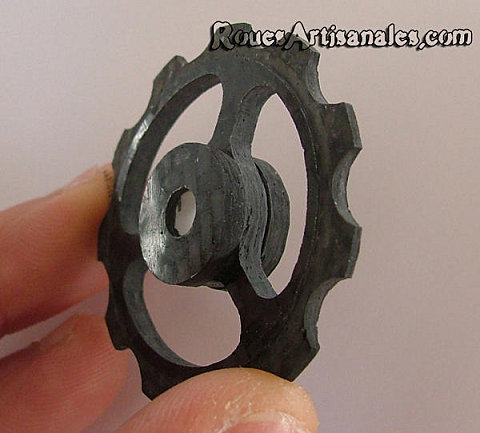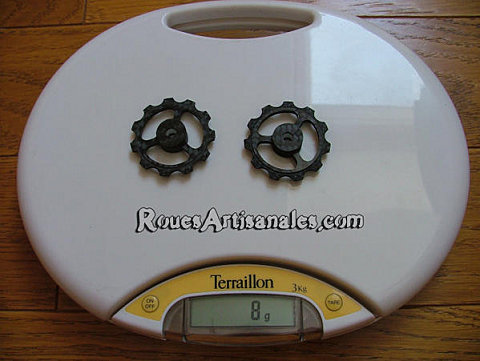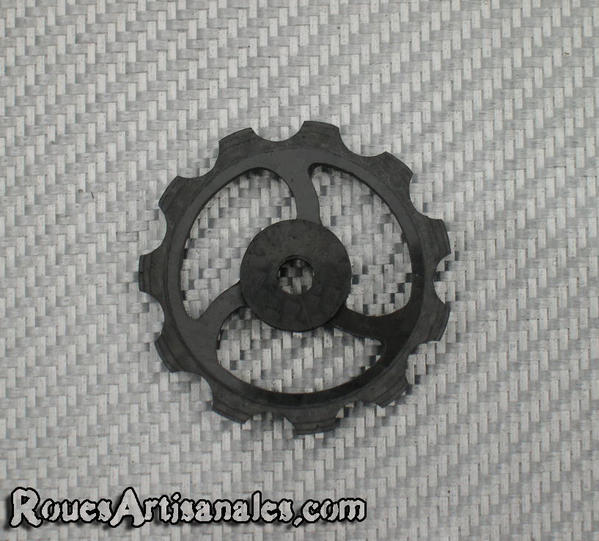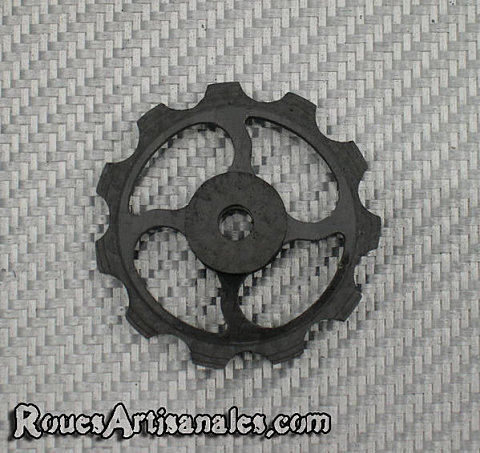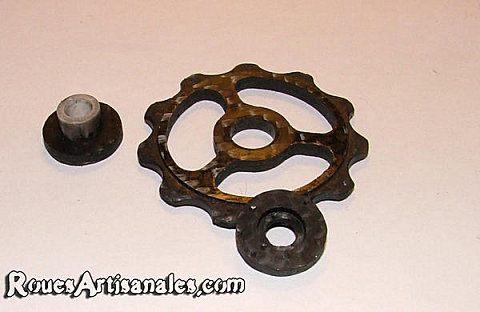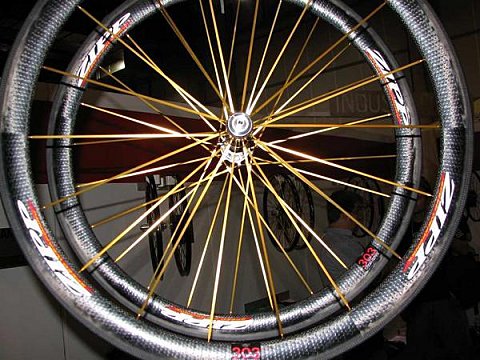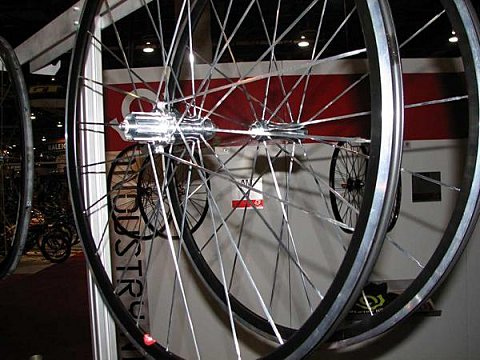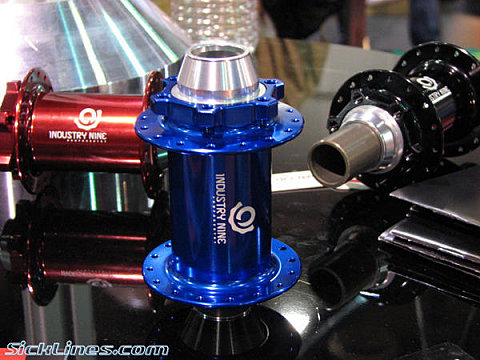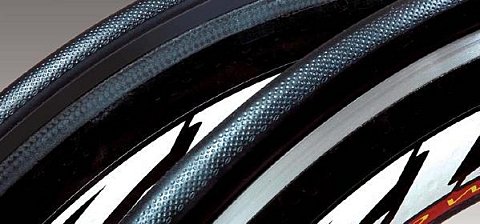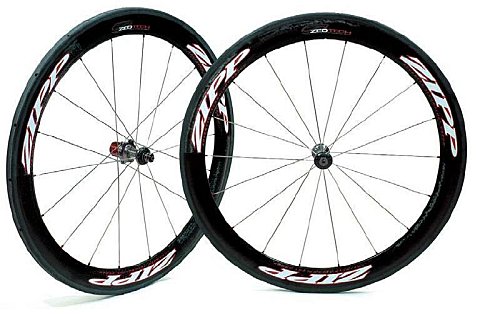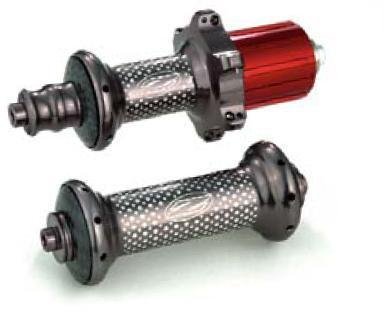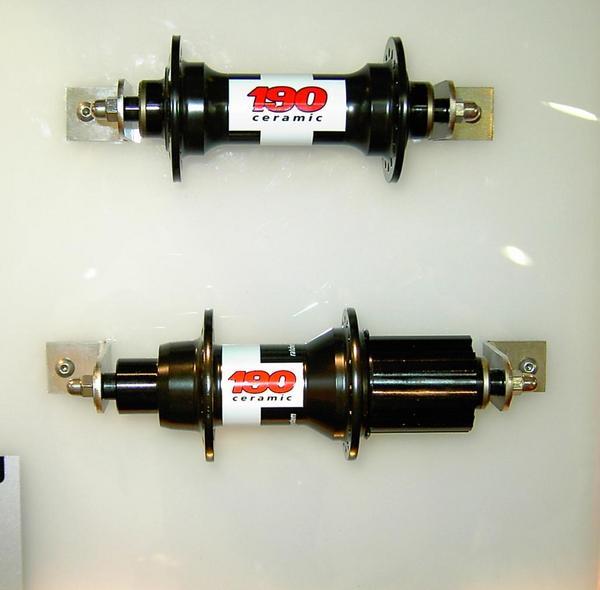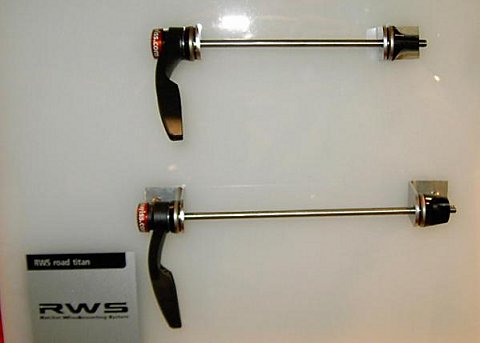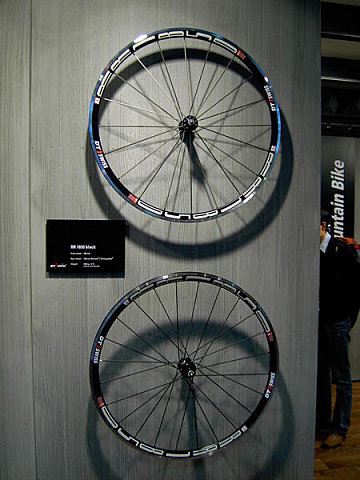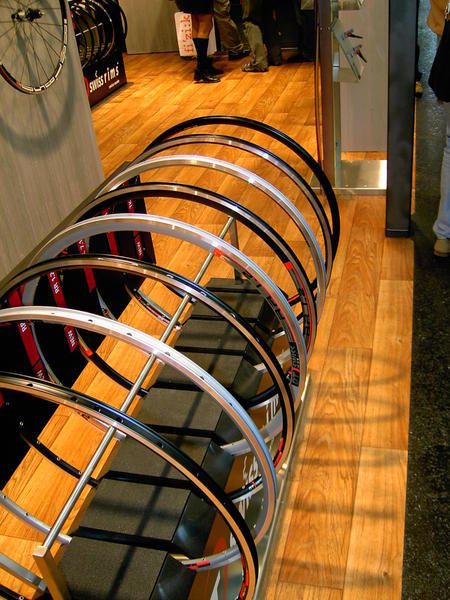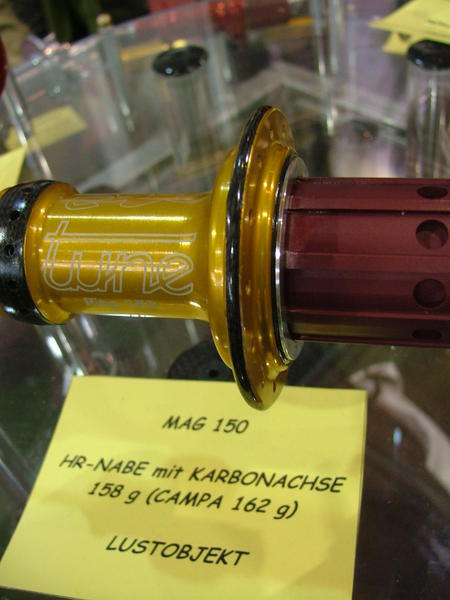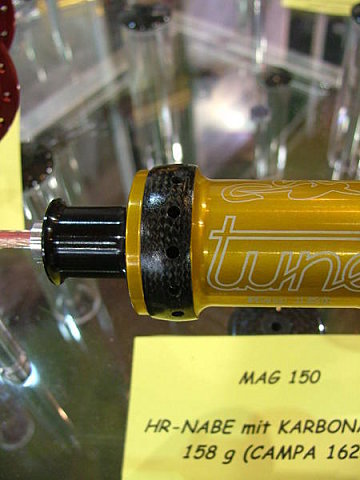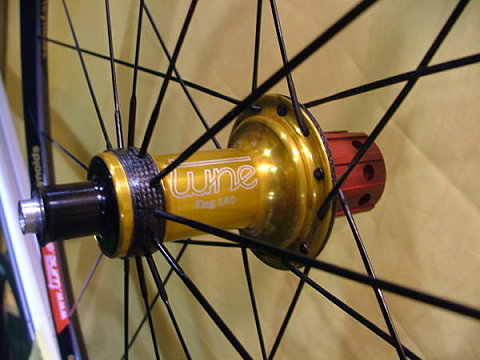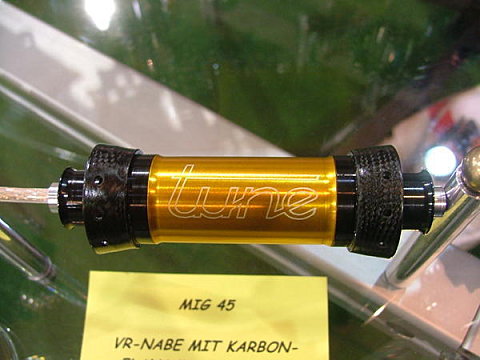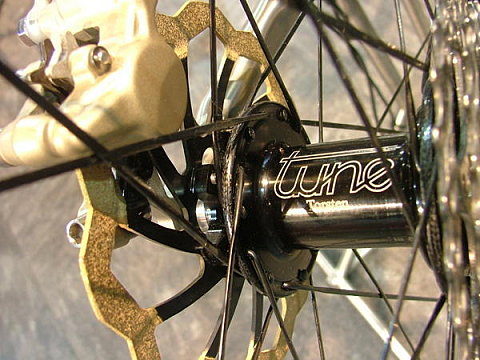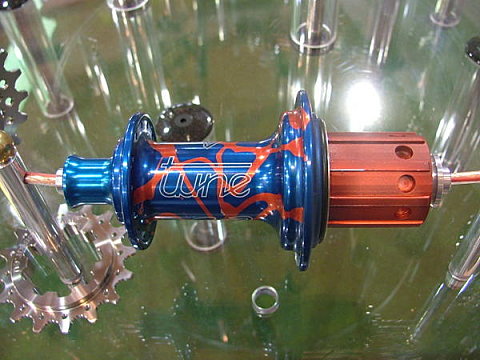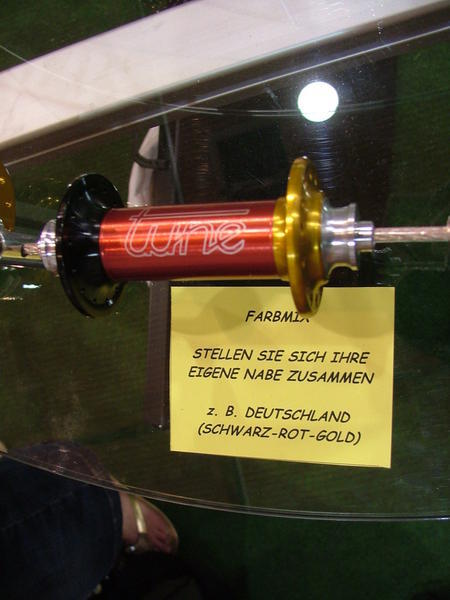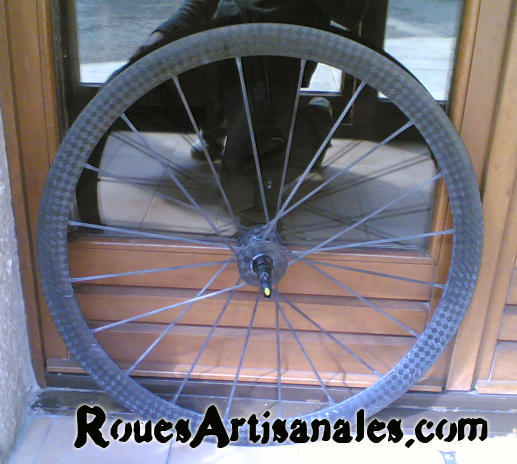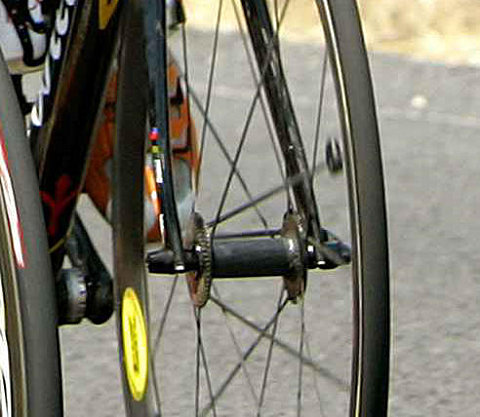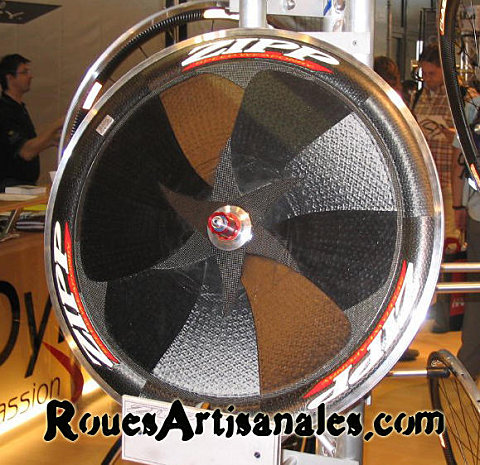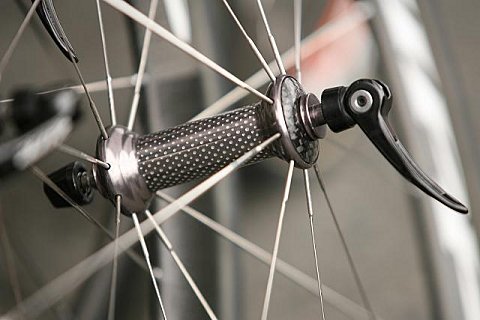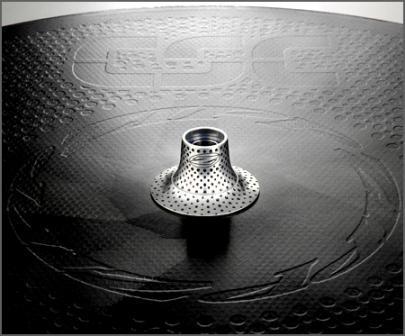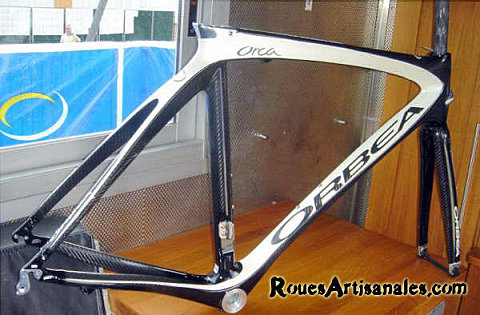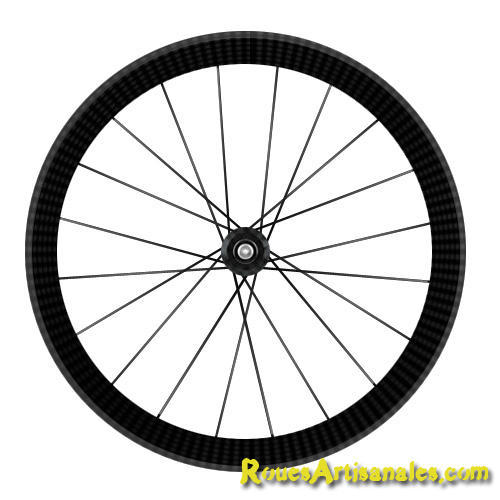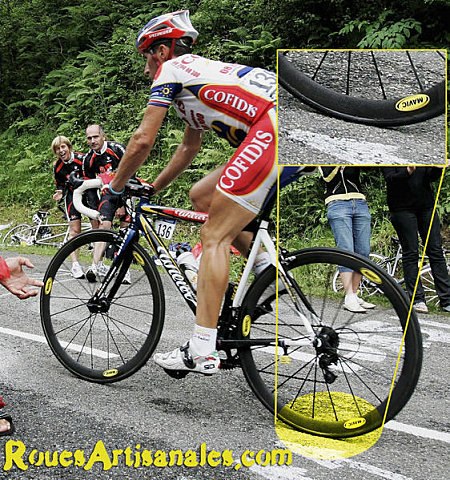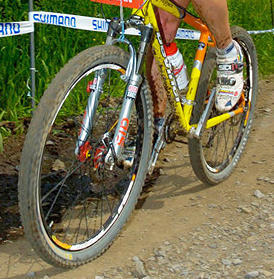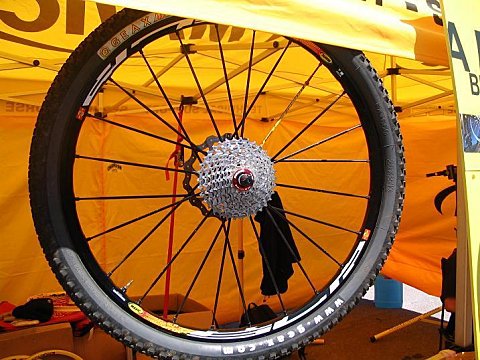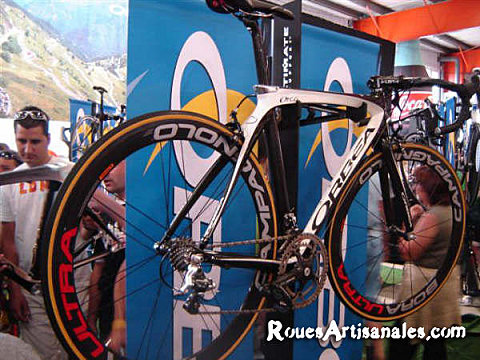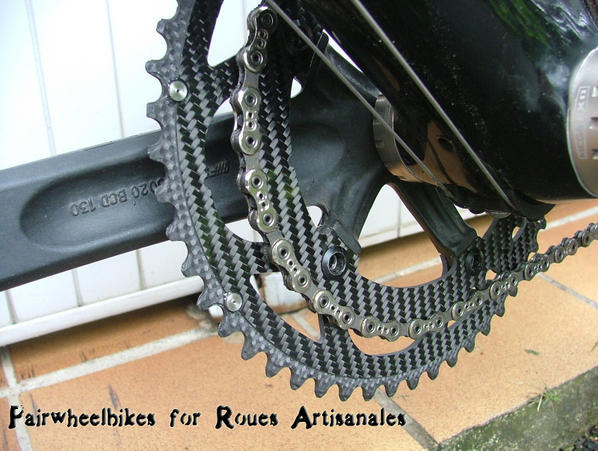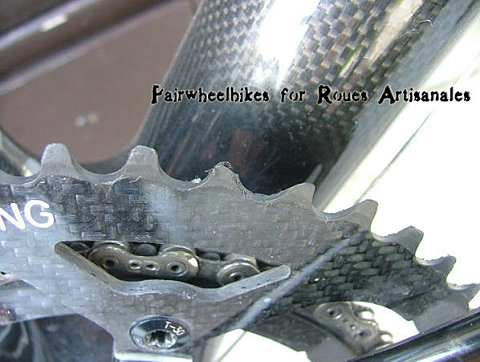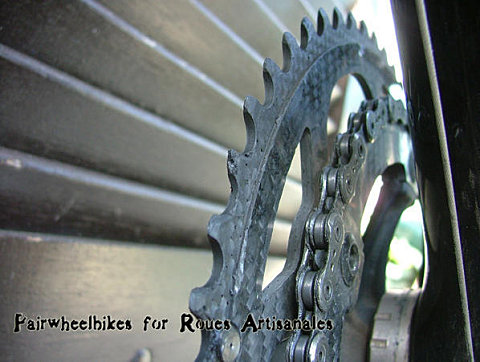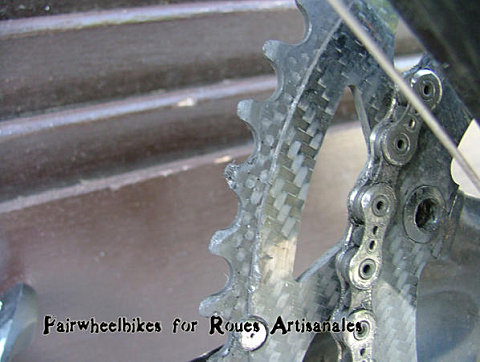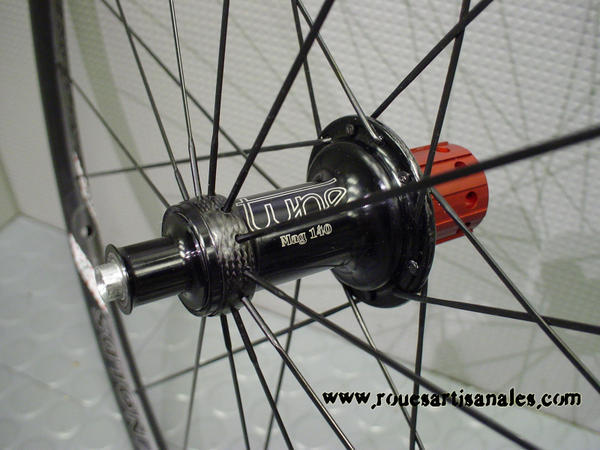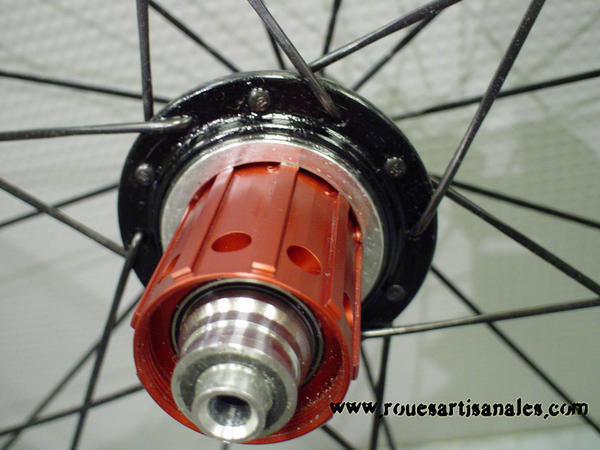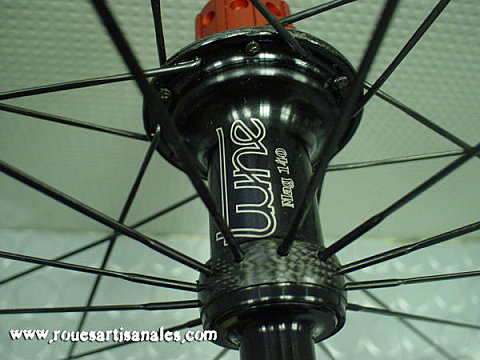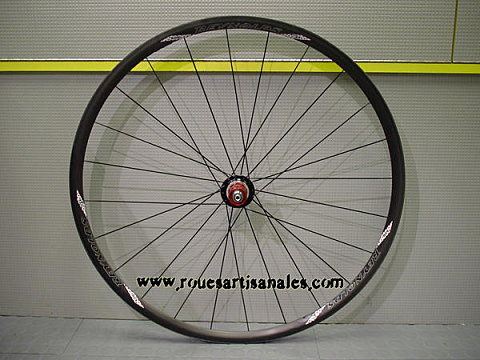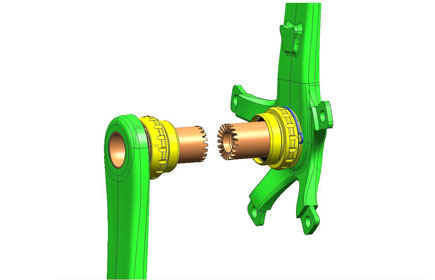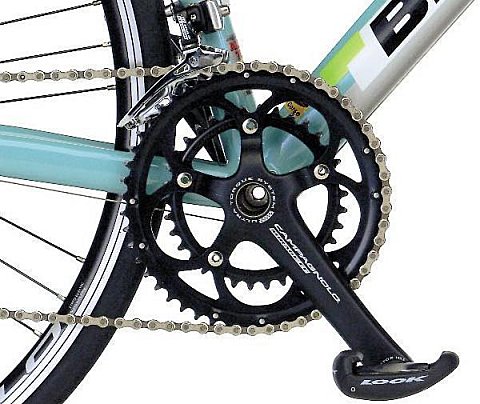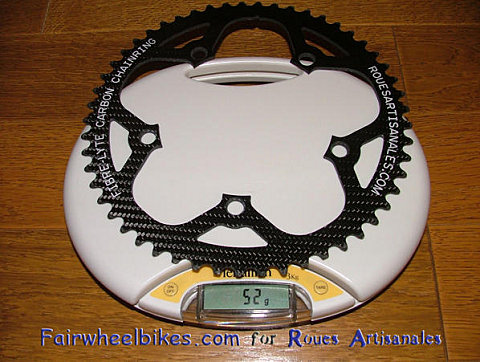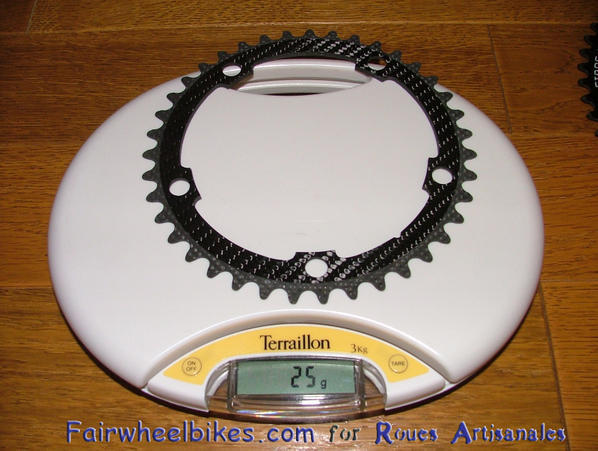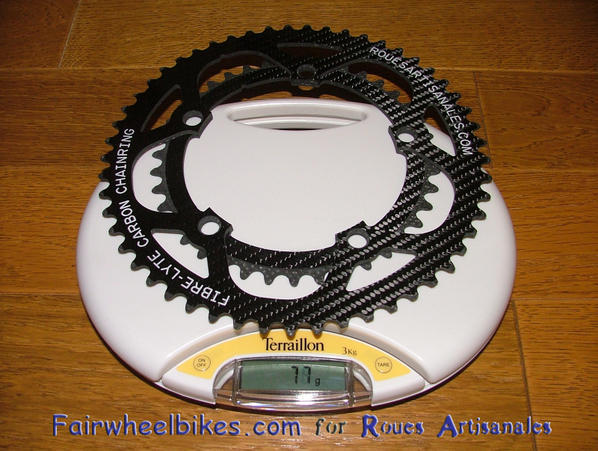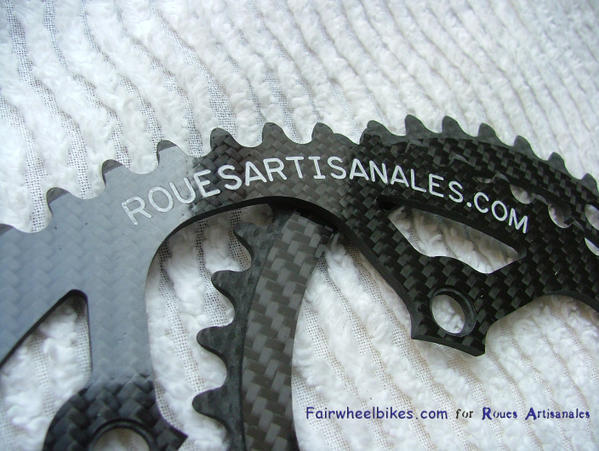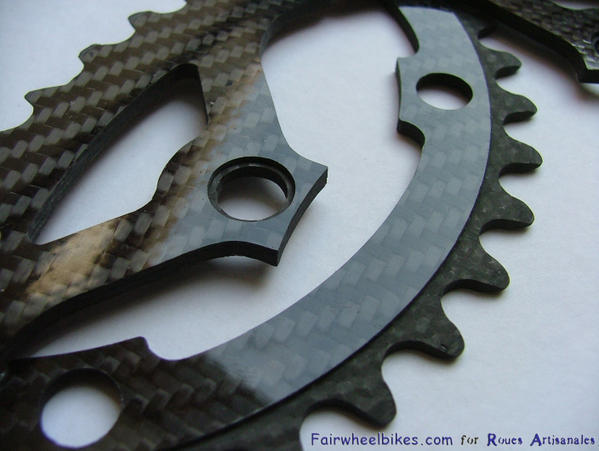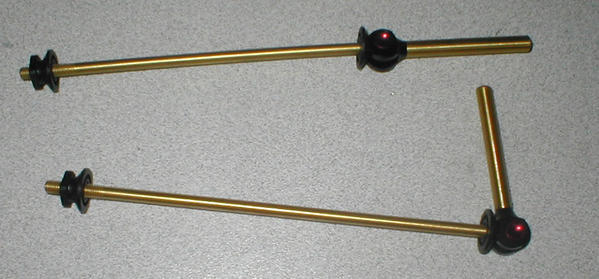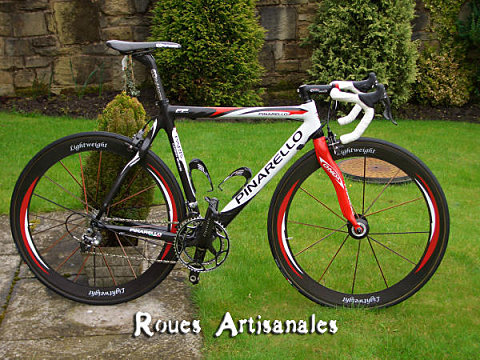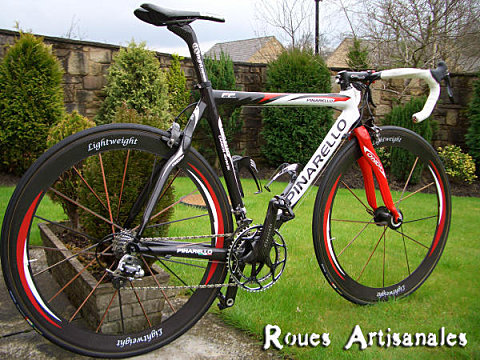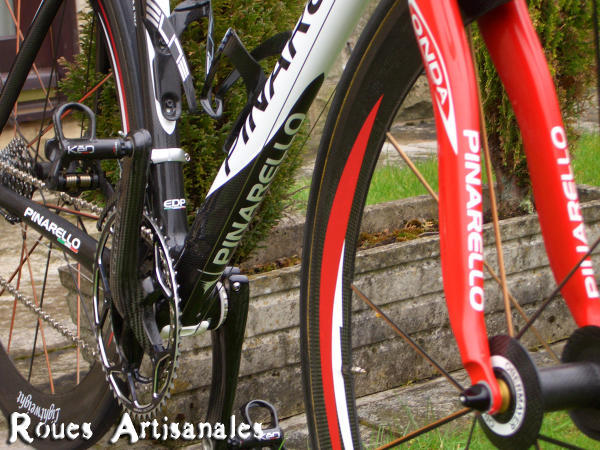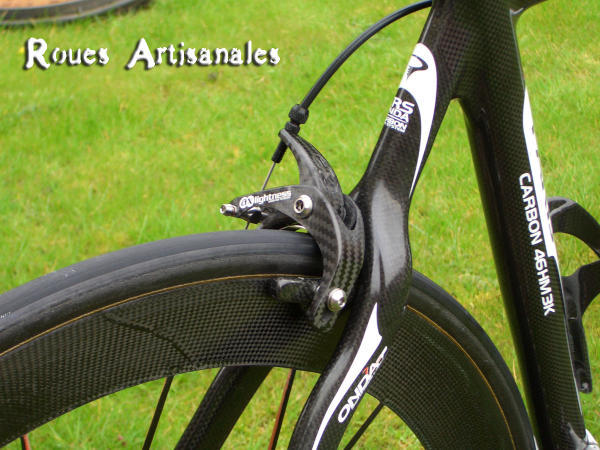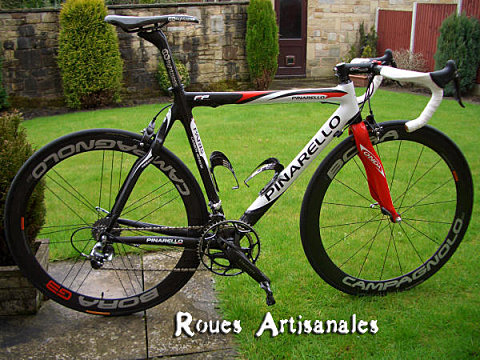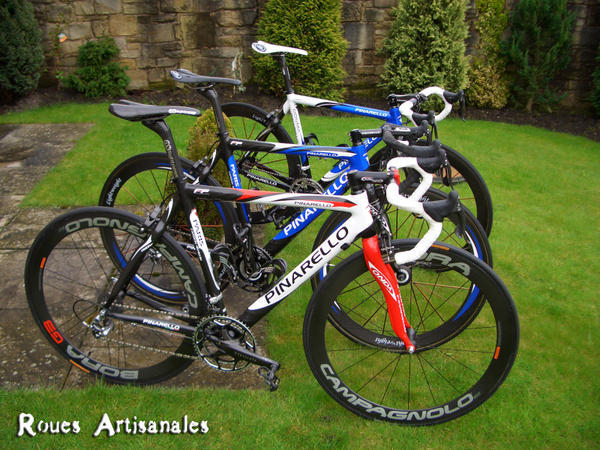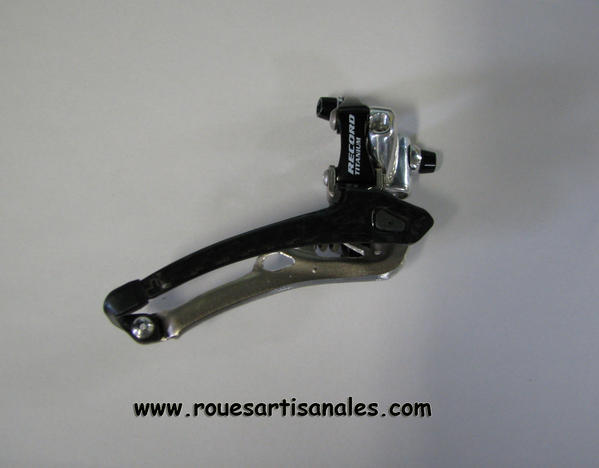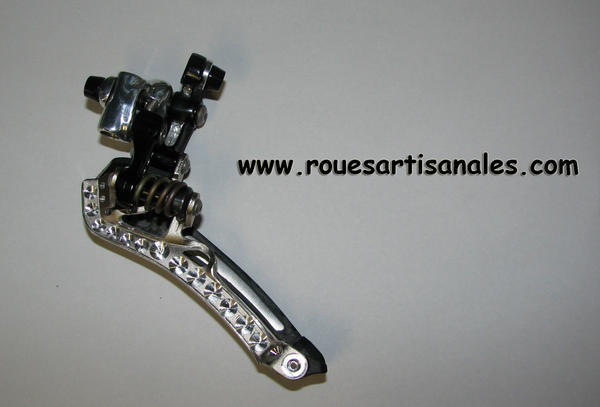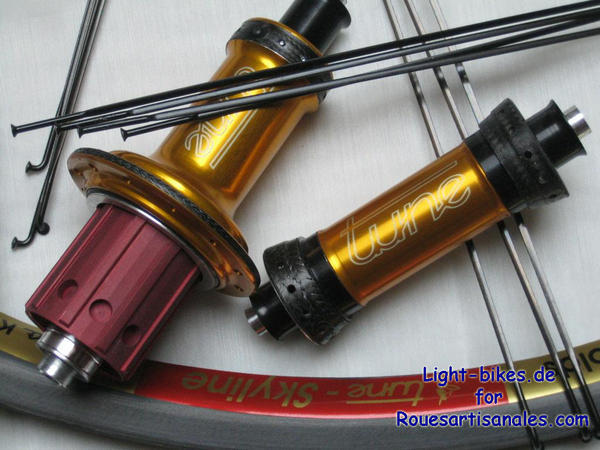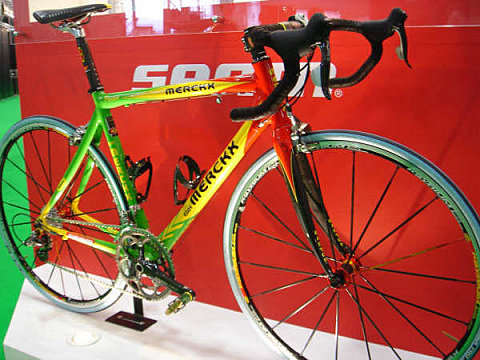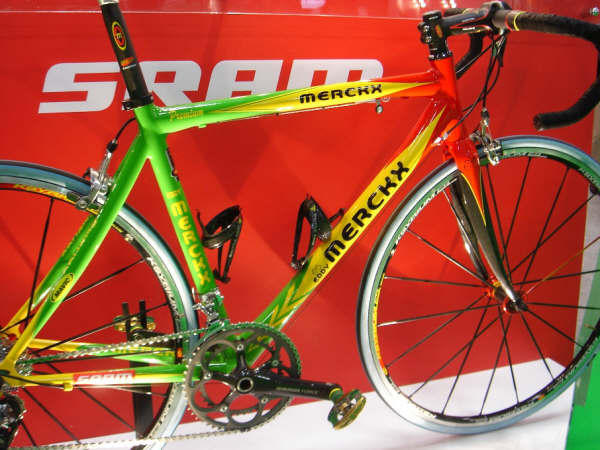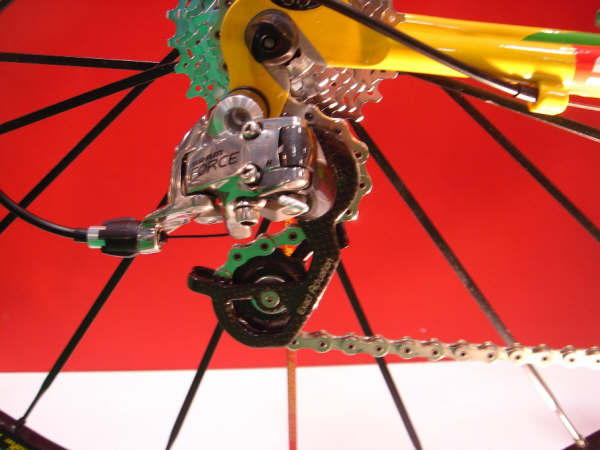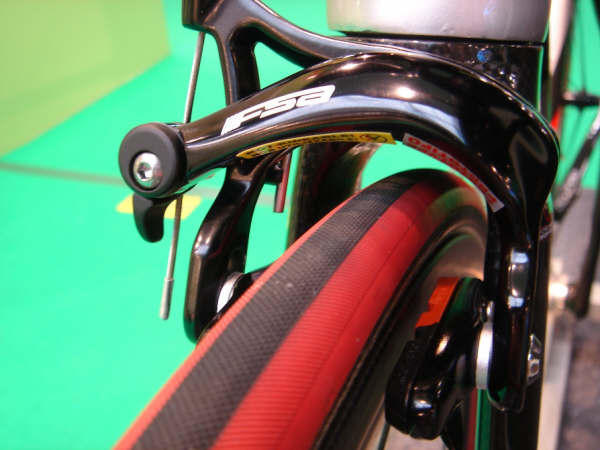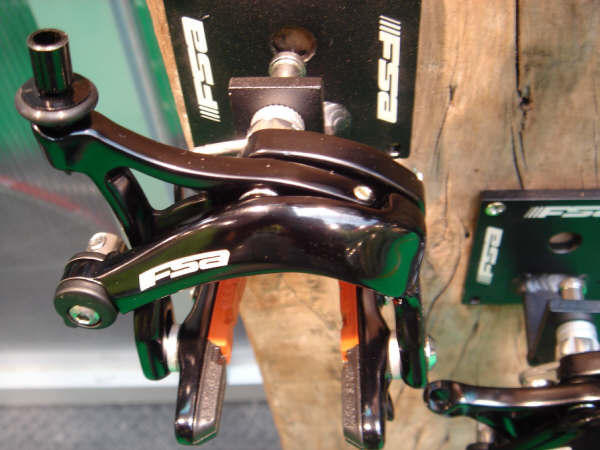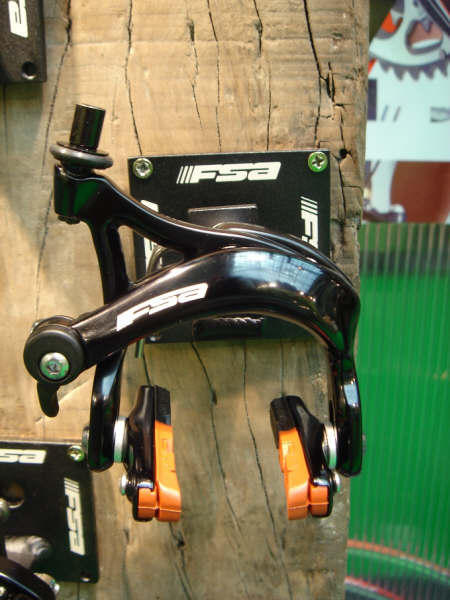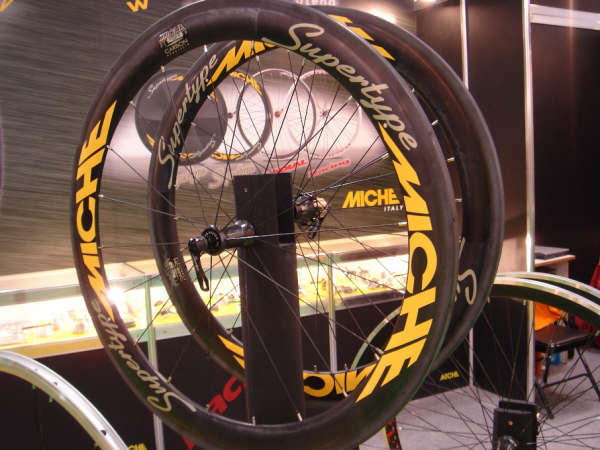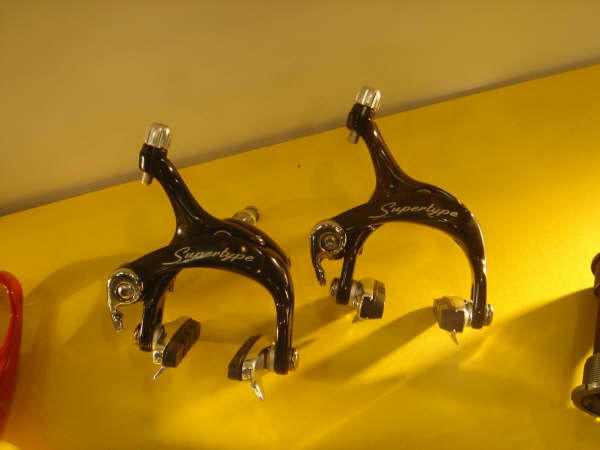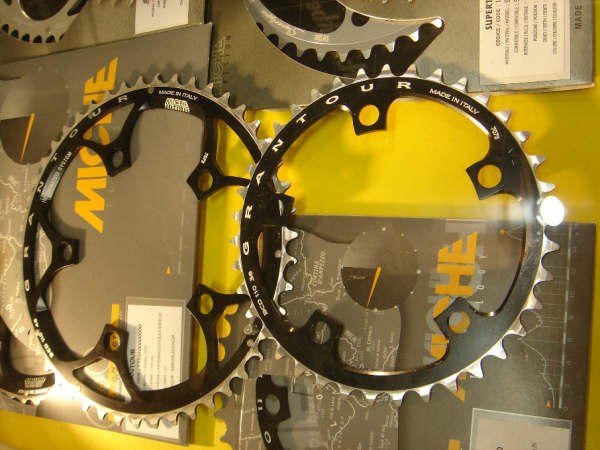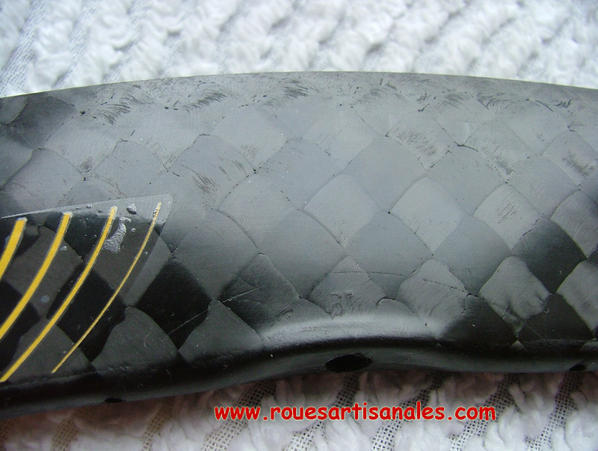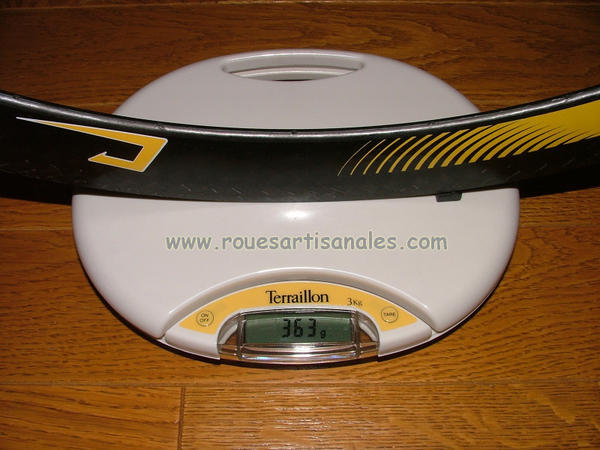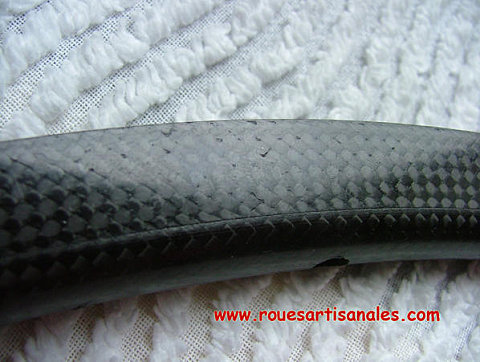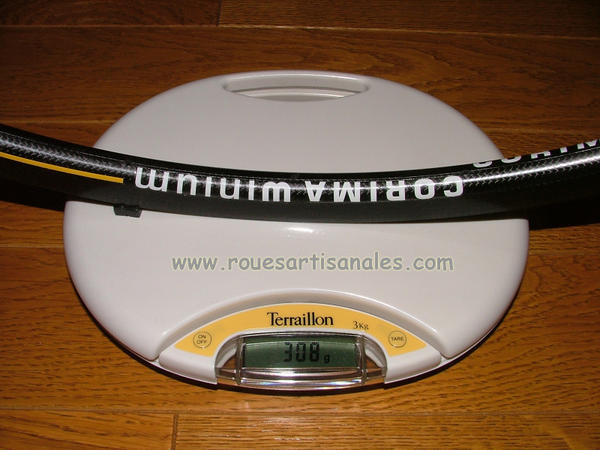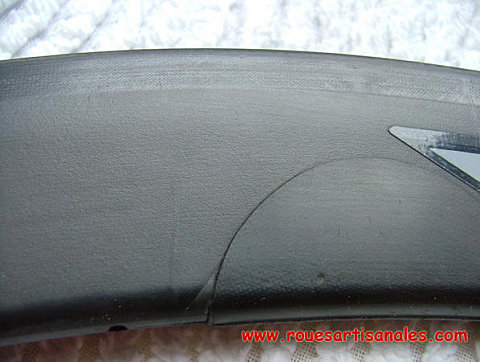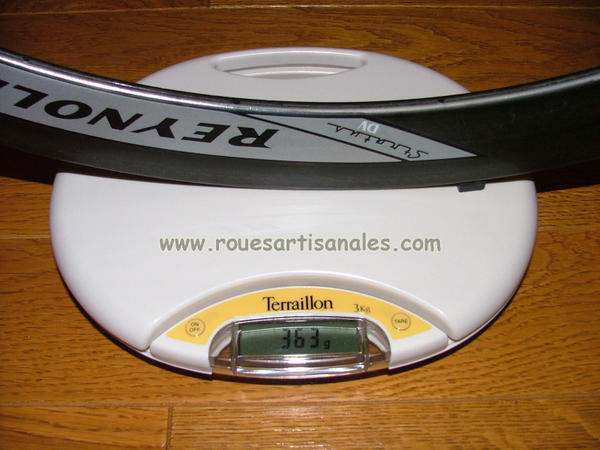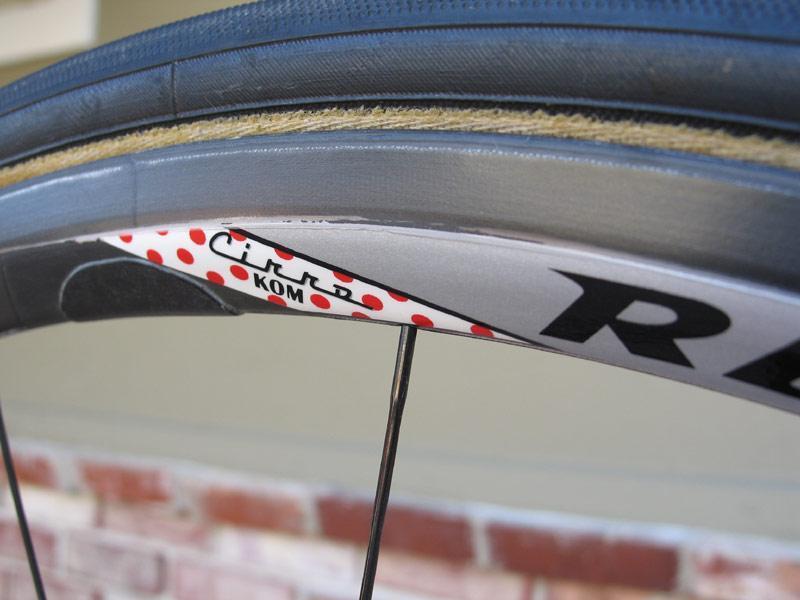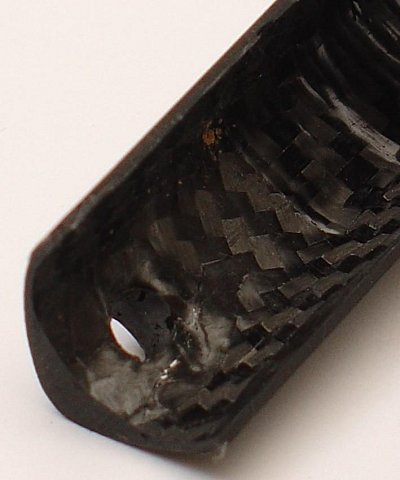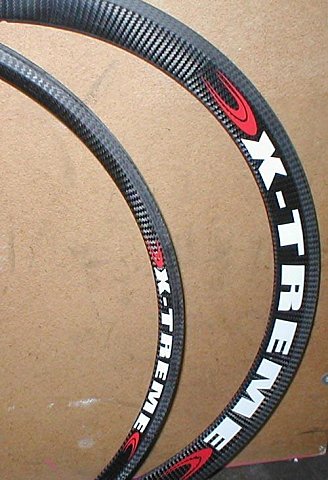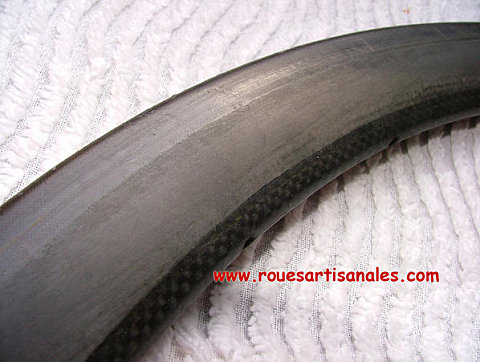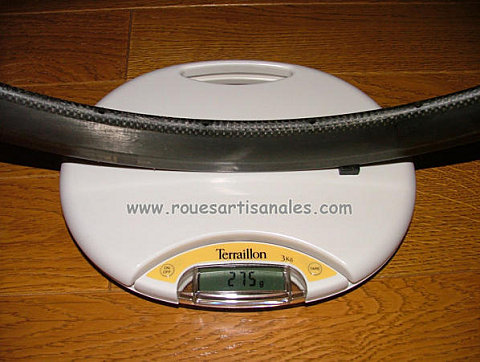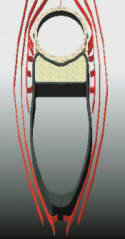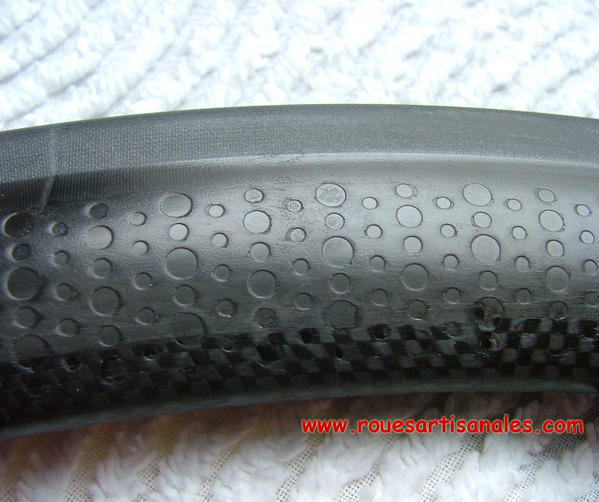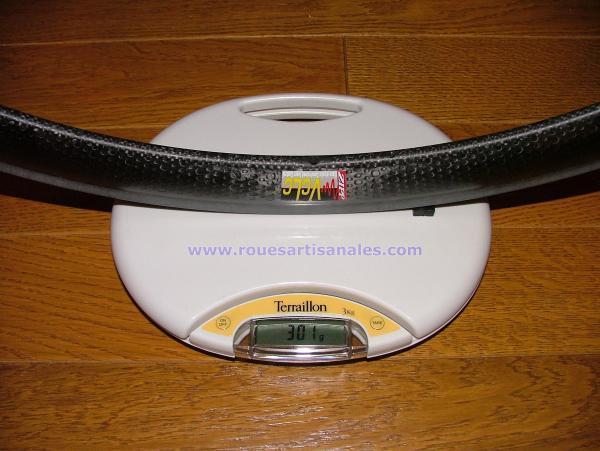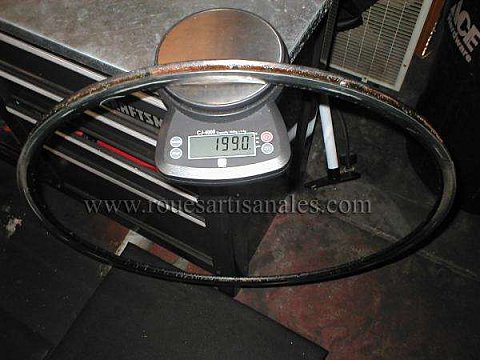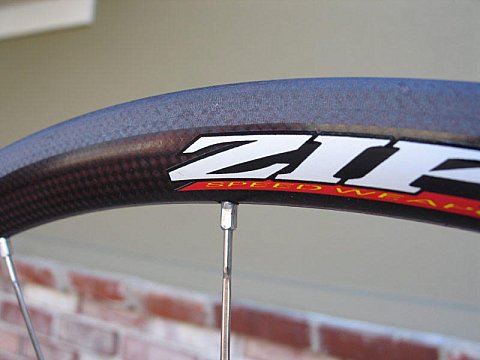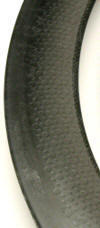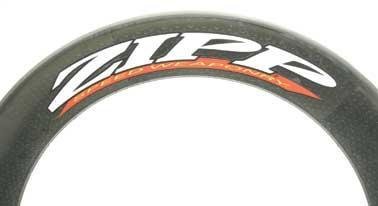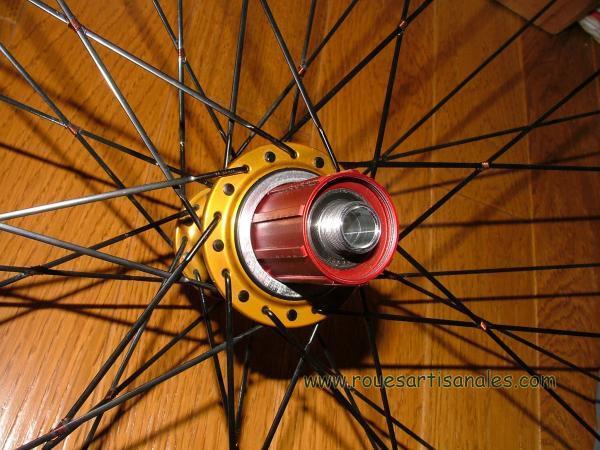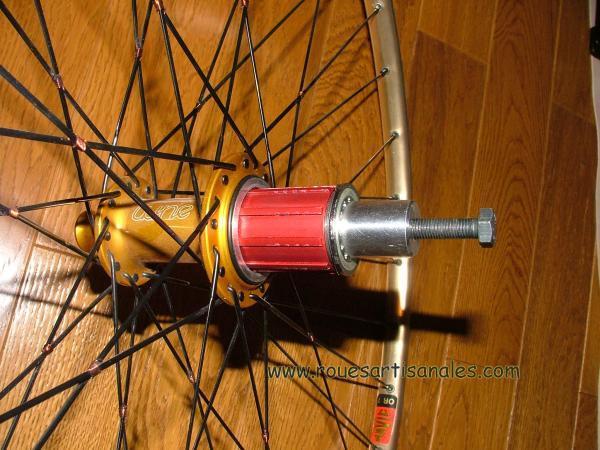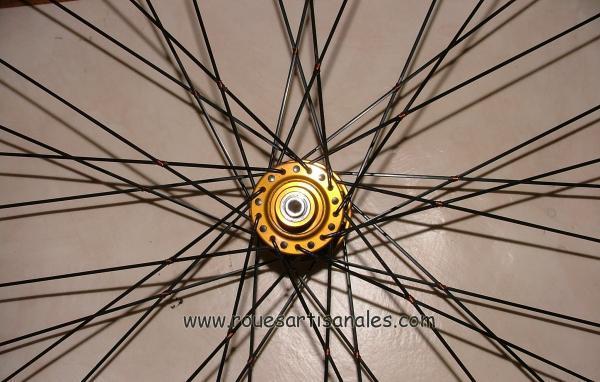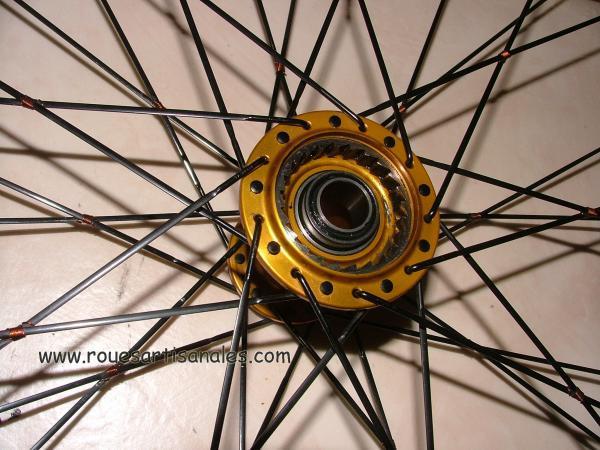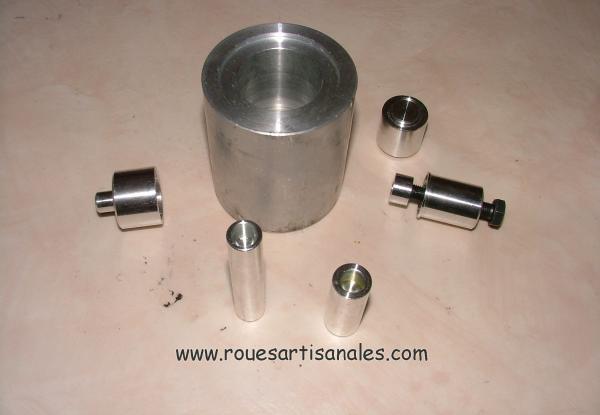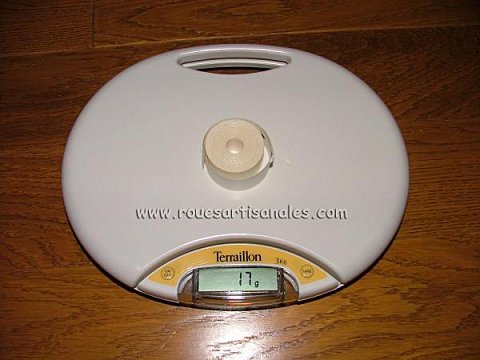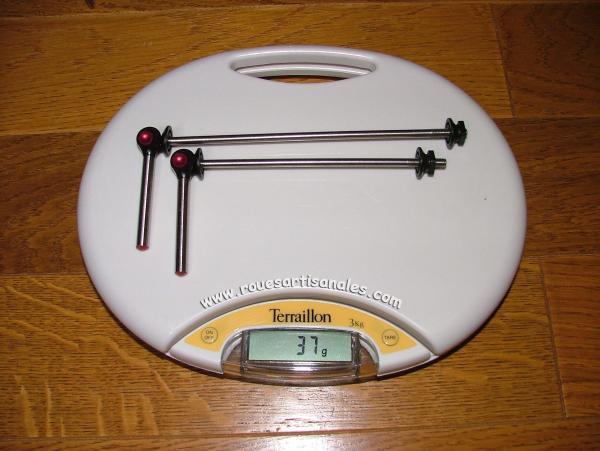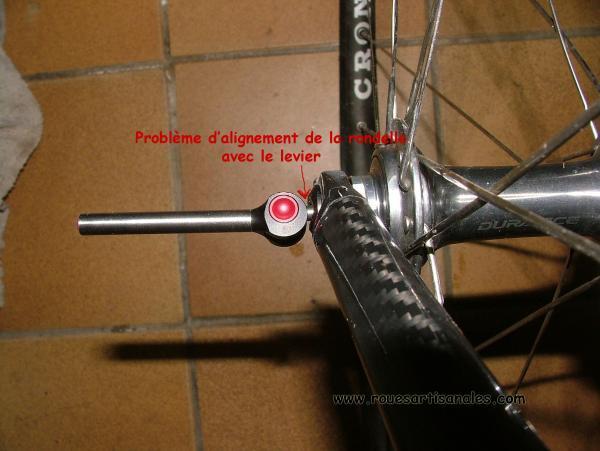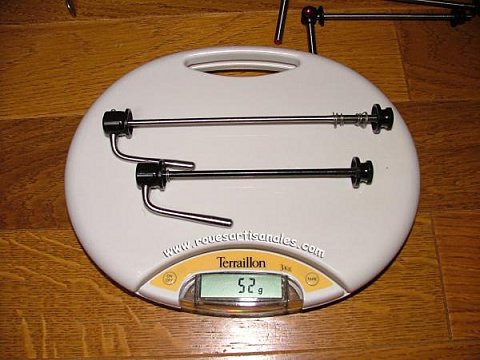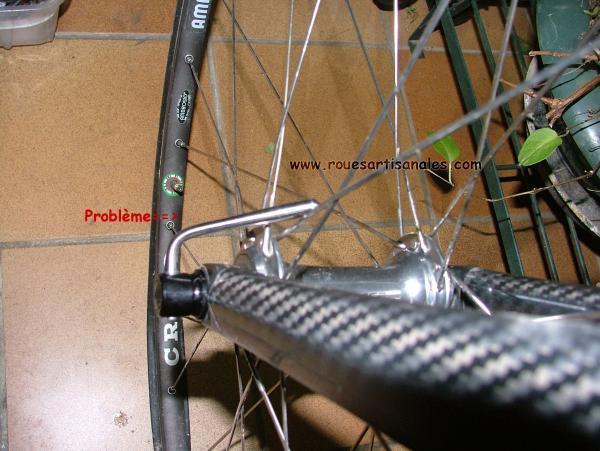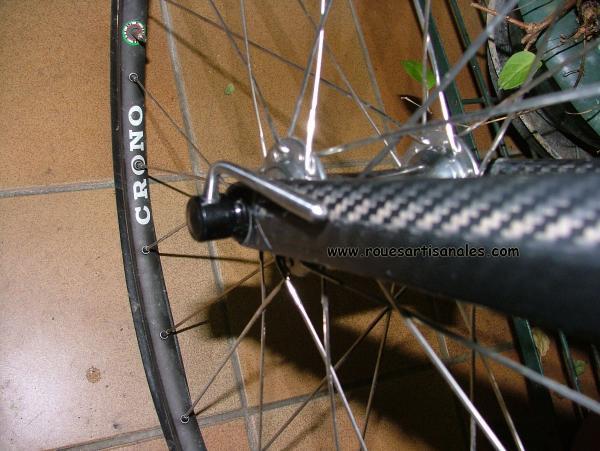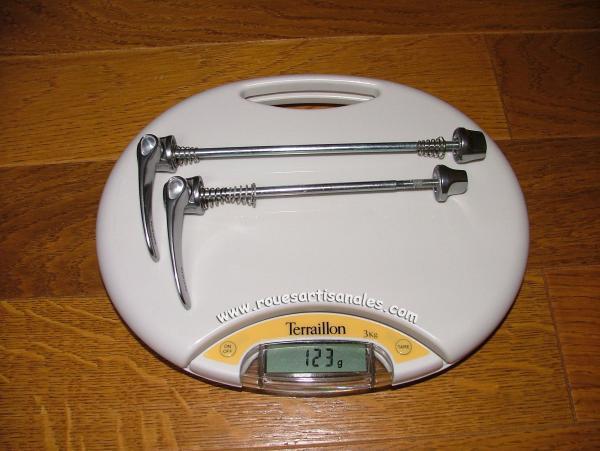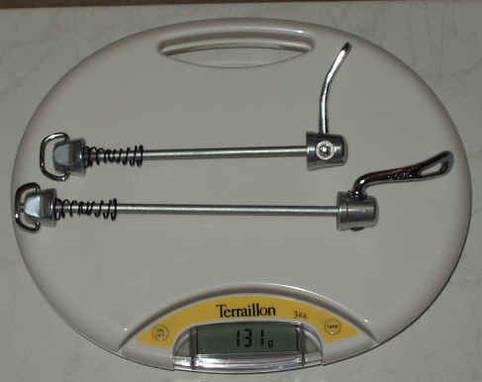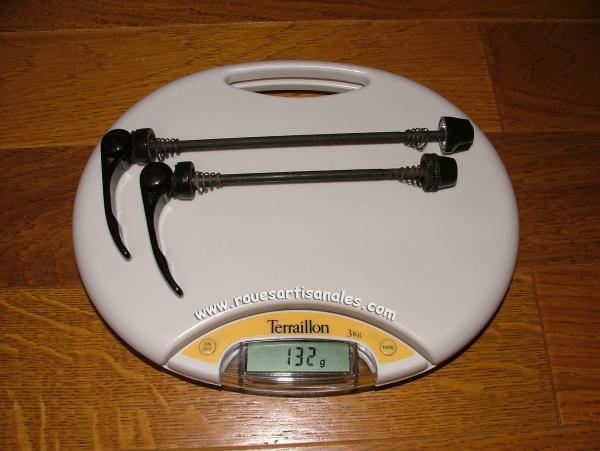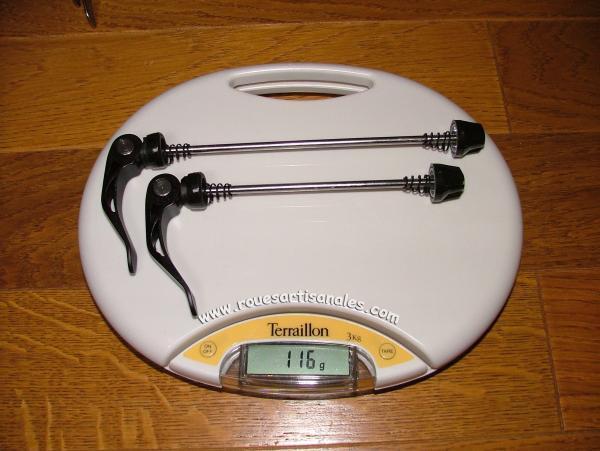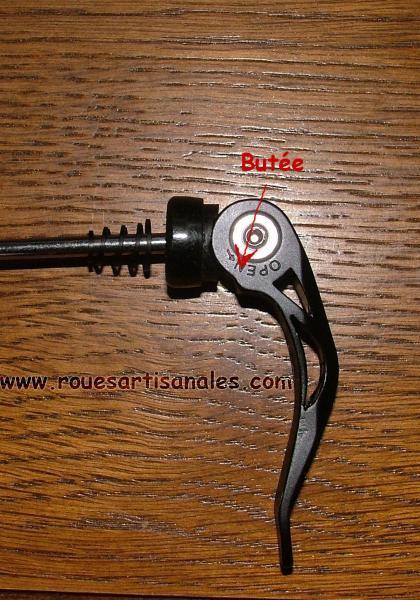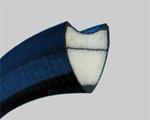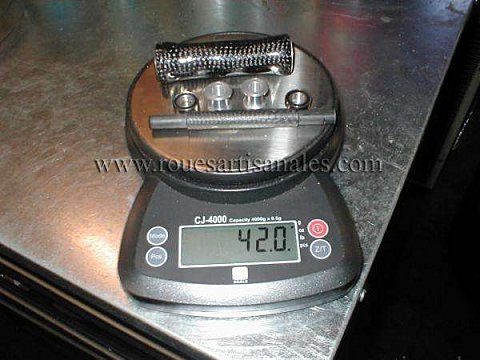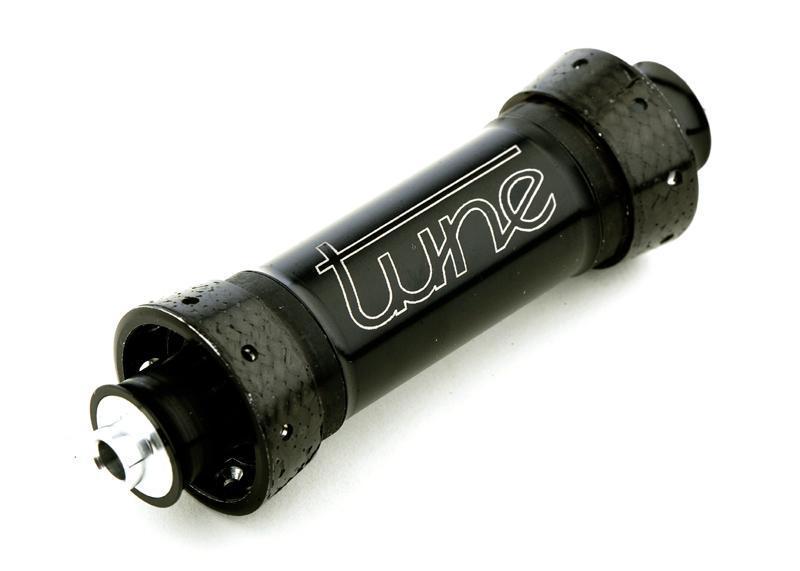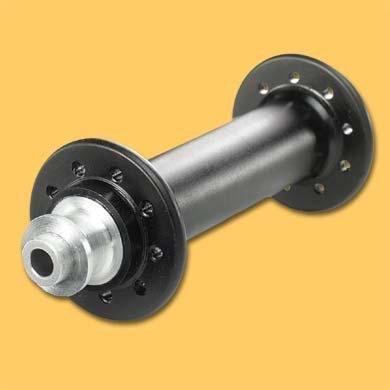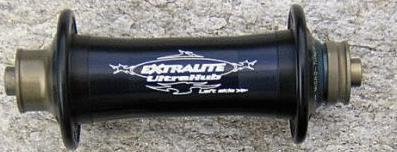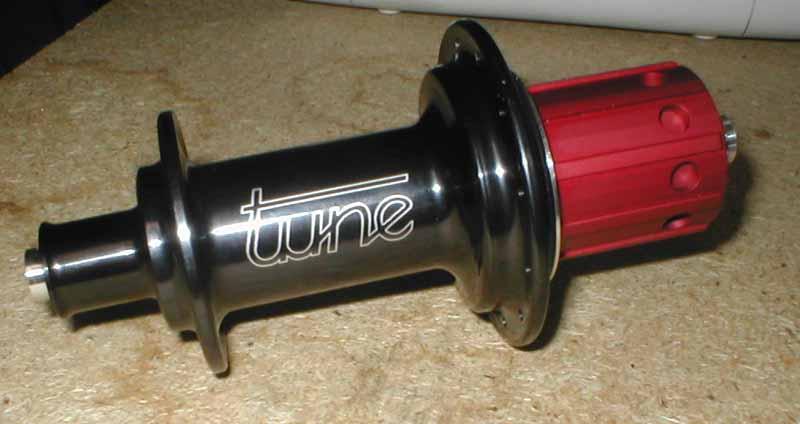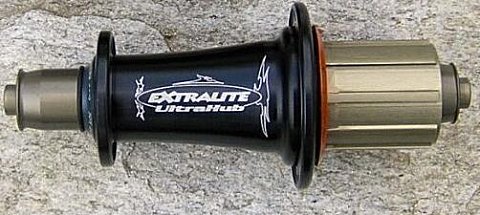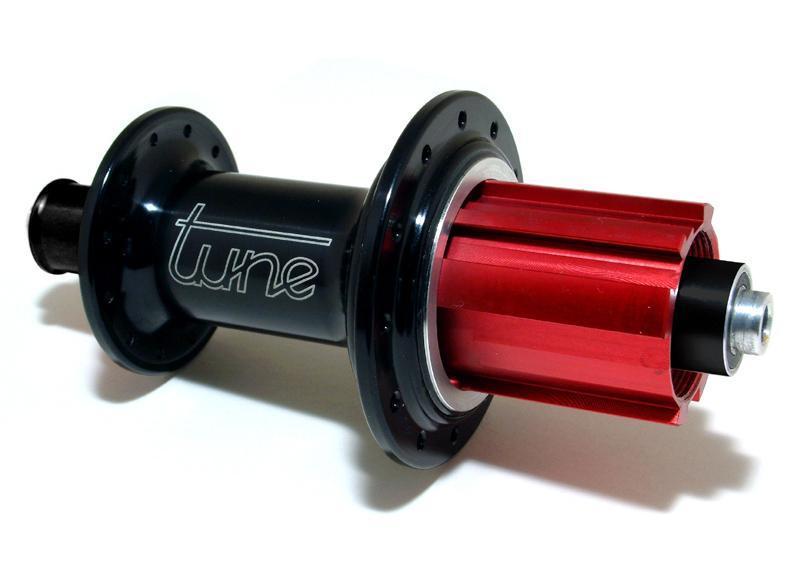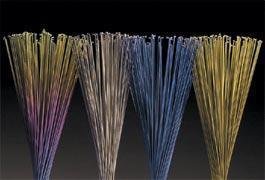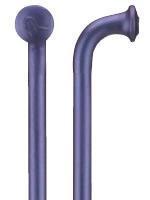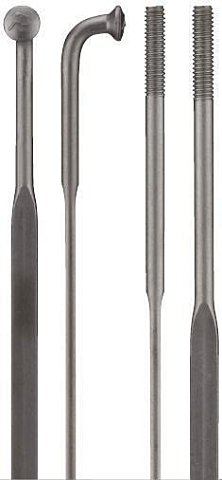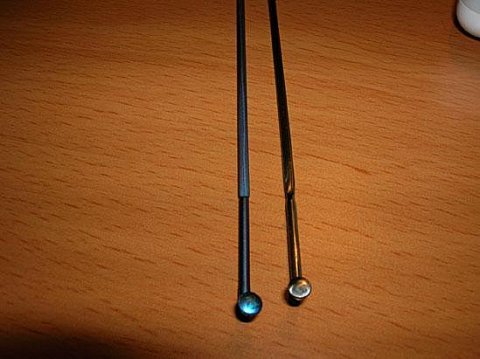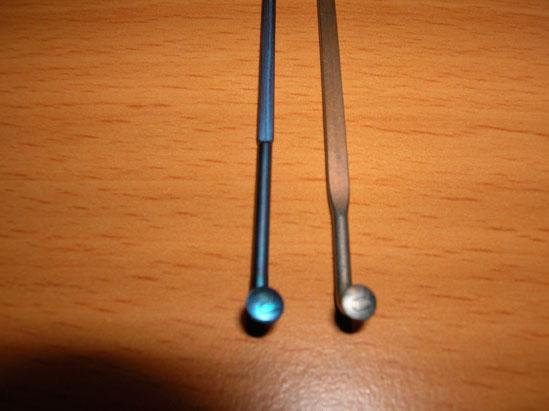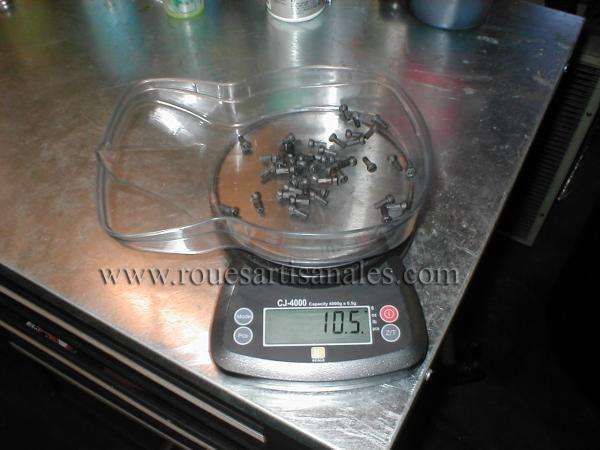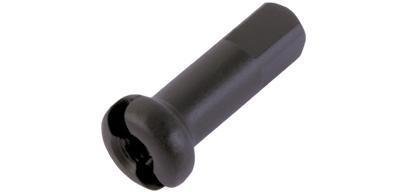CORIMA:
La marque française produit des roues carbone depuis 1988. L’expérience de cette entreprise dans ce domaine est donc indéniable et permet de réaliser des produits haut de gamme, rigides, fiables et légers.
Ainsi la jante
Aéro qui existe depuis la création a subi pour l’année 2006 une mise à jour majeure puisqu’elle est dorénavant dotée de fibres larges qui apportent parait-il une rigidité supérieure par rapport aux anciens modèles.
La jante d’une hauteur de
45 mm pour une largeur de
20mm à boyaux pèse ainsi environ
365gr, son profil est celui d’un simple triangle.
Niveau aérodynamique elles sont intrinséquement bonnes de part leur profil. La jante est légérement "déformée" au niveau du trou de valve, il s’agit apparement d’un renfort.
Avantages:
– Un poids correct compte tenu du profil
– Des qualités aérodynamiques bonnes
– Une finition brillante exemplaire rappelant un vernis
– La possibilité de retirer facilement les autocollants
– Disponible en 12, 16, 18, 20, 22, 24, 28 et 32 trous
– Disponibilité très rapide
– Un prix très abordable pour une jante carbone
Inconvénients:
– Le profil pourrait être plus travaillé pour améliorer l’aérodynamisme
Les jantes
Winium n’ont pas subi de mise à jour pour 2006, elles disposent du même tressage que lorsqu’elles sont sorties il y a quelques années. Ce tressage est le même que celui des anciennes aéro. Sa hauteur est de
21 mm tandis que sa largeur est de
20 mm.
Avantages:
– Un poids léger
– La finition brillante
– Les autocollants décollables facilement
– Disponibilité très rapide
Inconvénients:
– Un perçage à l’américaine! Le perçage est réalisé à l’inverse des conventions habituelles à savoir un perçage gauche. Pas très cohérent surtout que la jante aéro est bien percée!
– Le prix est 80 euros plus élevé que la version aéro
Toutes les jantes Corima ont les têtes de rayons inversées et cachées dans la jante.
Chez Corima, les jantes ont toujours été assez légéres mais sans battre de records, disons que c’est une grande marque qui ne cherche pas forcément à faire dans l’exotisme.
Lien constructeur: CORIMA
REYNOLDS:
Chez Reynolds, on produit des jantes d’exception mais aussi des jantes plus raisonnables. Après le rachat de la compagnie maintenant légendaire Lew, Reynolds utilise ses moules de fabrication mais avec une maîtrise plus pointue des fibres et de leurs caractéristiques. La largeur des jantes a été augmenté de 3,5 mm depuis en passant de 17,5 à 21 mm. Le résultat est excellent puisque les roues Stratus DV restent extrémement solides malgré les 16 rayons avant et 20 rayons arrière. Un renfort au niveau de la valve est compensé par une masse à l’opposé pour assurer l’équilibre en rotation. La technologie Reynolds très poussée a permi de rendre les jantes Lew KOM (King Of Mountain, 220gr) jadis uniquement capables de monter de par leur fragilité capable de descendre et d’être utilisées sur n’importe quels terrains.
Les jantes
Stratus DV d’une hauteur de
46 mm disposent d’une finition carbone sommaire. C’est du brut de fonderie et aucun ajout pour les rendre plus jolies.
Avantages:
– Un poids correct malgré la profondeur
– Des qualités aérodynamiques bonnes
– La possibilité de retirer facilement les autocollants
– Très grande résistance
Inconvénients:
– La forme de la jante pourrait être optimisée pour être plus aéro
– Non disponibles au détail
– Finition sommaire
Une version allégée de ce modèle est disponible à partir des roues complètes; les Stratus DV-UL disposent de jantes d’un profil similaire mais pour un poids de 280 gr pièce annoncé.
Les jantes les plus légères du marché actuel se trouvent sur les roues
Cirro SV-KOM. D’une hauteur de
23 mm, elles bénéficient des mêmes avantages et inconvénients que les Stratus, mis à part pour l’aérodynamique.
Reynolds produit sans doute les jantes ayant le meilleur rapport poids/résistance du marché. La preuve est qu’elle est capable de réaliser des jantes deux fois plus légéres que des Mavic Open Pro tout en gardant une solidité très correcte.
Lien constructeur: REYNOLDS Composites
SPEEDCOMPOSITES:
Crée en 1997, Speedcomposites commence à se faire connaitre depuis cette année grâce à des performances au niveau mondial en cyclo-cross notamment. La qualité et la résistance du produit est indéniable comme l’atteste le rayonnage 20/24 pour des roues de cross.
Le diamètre des trous des rayons est de 2,5 mm, ils sont réalisés grâce à un perçage classique de 2mm puis un perçage spécial au boriumnitride de diamant afin de ne pas engendrer de micro fissures dans le carbone. Cette méthode rend la jante très solide et permet d’atteindre des tensions très élevées sans risque de rupture. Les jantes sont constituées à 99% de carbone monolitique.
Les jantes SINUS sont disponibles en 12-18-20-24-28-36 trous pour un poids variant entre 280 et 300 gr et un tarif à mi chemin entre les jantes Zipp et Corima.
Lien constructeur: SPEEDCOMPOSITES
X-TREME:
Les roues X-TREME sont très peu utilisées, les jantes ultra légères mais aussi ultra fragiles au début ont été renforcées au niveau des trous de rayons depuis 2005. C’est dorénavant plus fiable mais plus lourd, on passe de 230 à 260 gr pour le modèle Nano et de 295 à 360 gr pour le modèle Matrix à jantes hautes. Ces jantes sont très fines avec seulement 18 mm tandis que la hauteur est de 24 ou 45 mm suivant le modèle.
Lien constructeur: X-TREME wheels
ZIPP:
Apparue comme Corima en 1988, Zipp a très vite pris de l’ampleur grâce à des produits très légers. Depuis quelques années, en plus de réaliser des produits light, Zipp s’attarde aussi sur les qualités aérodynamiques des roues. Ainsi, en 2003 la première roue à fossettes améliorant l’aérodynamique vu le jour. Depuis, presque tous les modèles de la gamme sont ainsi équipés à part le modèle à jante basse dont l’aérodynamique n’est pas le principal objectif.
Les jantes 360 aujourd’hui disparues du catalogue Zipp sont pourtant toujours produites notamment pour les roues Easton Tempest, les Cane Creek Aros 58, les American Classic carbon 58mm par exemple. C’est aussi le cas des jantes 280 qui sont toujours employées sur diverses roues d’autres marques comme les Topolino Carbone V39, les American Classic Carbon.
La jante
280 a un profil de
38 mm pour une largeur de
20,5 mm.
Avantages:
– Poids très léger (entre 275 et 290 gr)
– La possibilité de retirer facilement les autocollants
– Disponibilité en de multiples perçages (quand elles étaient encore dispo bien sûr)
Inconvénients:
– Fragilité
– Finition sommaire, les raccords sont très visibles, l’aspect n’est pas en relation avec le prix de la pièce
– Tarif
Nouvelle venue en 2006, la jante
285 est la petite soeur de la
280. Elle lui est pourtant très différente sur plusieurs points:
– un profil augmenté de 6 mm
– des flancs de jante incurvés qui permettent d’augmenter la rigidité latérale de 9%, la réponse en fréquence est améliorée et par conséquent la jante est plus confortable, l’aérodynamique est améliorée aussi par cette différence de forme
– la jante est plus large de 1,5mm ce qui augmente la rigidité latérale de 16%
– des fossettes comme sur le modèle 360 améliorent sensiblement l’aérodynamique.
– annoncée comme aussi aérodynamique que l’ancienne 360 de 58mm de hauteur sans fossettes
Avantages:
– Poids très léger compte tenu du profil (305gr au début de production, maintenant pesées entre 325/345gr!)
– Disponibles en de multiples perçages
– Sans doute le meilleur rapport poids/rigidité/aérodynamique de toutes les jantes disponibles sur le marché
– Une finition largement à la hausse par rapport aux 280
Inconvénients:
– Tarif
– Un poids constant sur les premières versions (300/310gr) mais maintenant revu à la hausse (entre 325 et 345 gr)
Les
250 à taille basse de 24,8 mm sont les plus légères de la marque américaine, elles n’ont pas de fossettes, le poids est comme pour la 285 assez variable et fera varier la résistance. Il sera donc possible de trouver des 250 entre
252 gr et
282gr.
La 360 est un modèle de 58 mm de hauteur. Très aérodynamique, son poids relativement élevé (390 gr) ne fera que renforcer l’aptitude des roues à maintenir une vitesse élevée.
La jante
420 est le dernier modèle de la marque. C’est un modèle spécifique contre-la montre ou triathlon. Cette jante de
82 mm de hauteur est la plus rapide selon le test réalisé par le magasine Tour.


